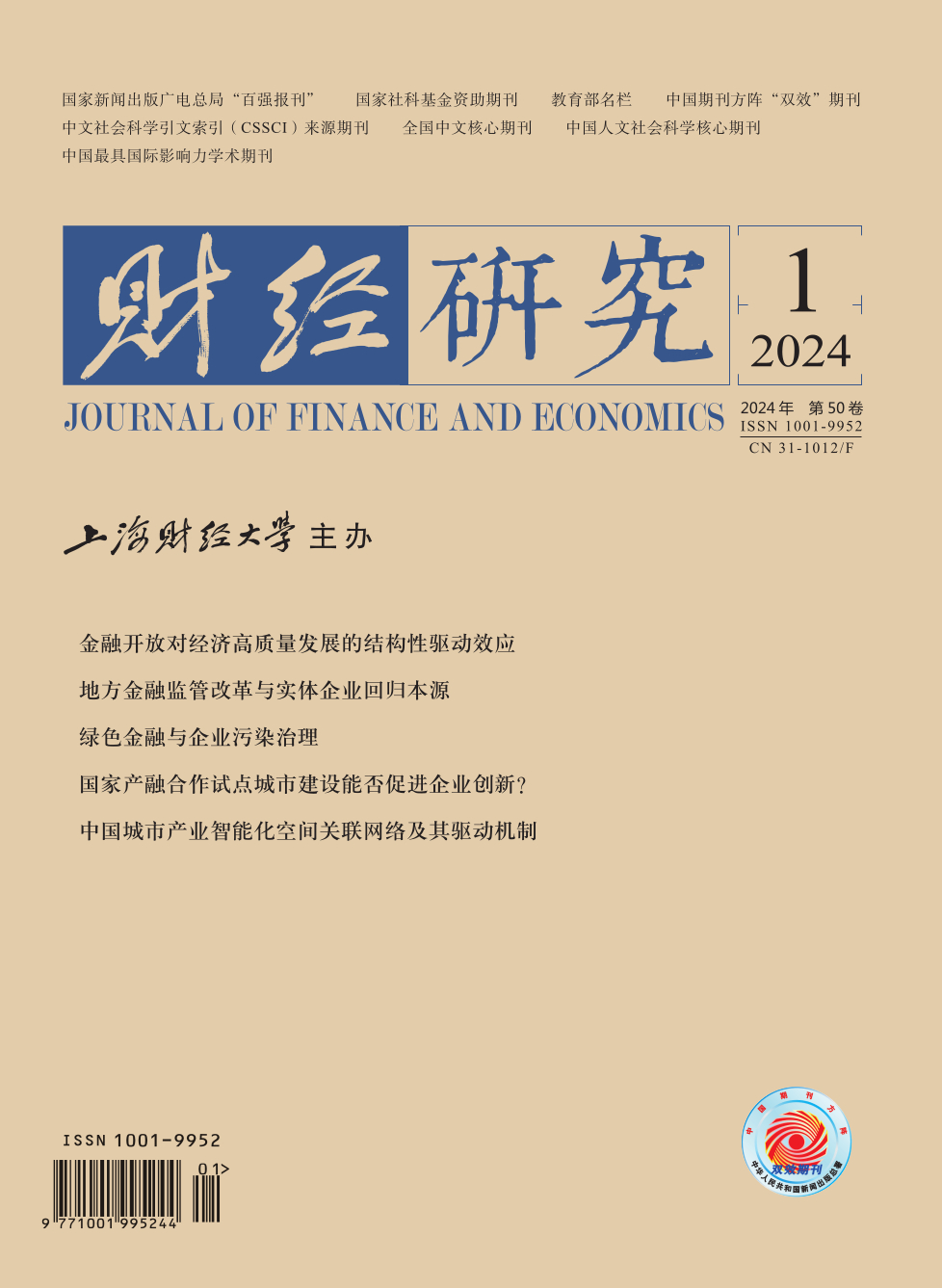As the phenomenon of “replacement of man by machines” intensifies, industrial robot application inevitably causes changes in regional comparative advantages, and plays a more and more important role in reshaping the pattern of regional economic development. Therefore, based on the panel data of 274 cities in China from 2006 to 2019, this paper examines the impact of industrial robot application on regional economic disparity and its mechanism.
This paper finds that: First, industrial robot application significantly reduces regional economic disparity on the whole, but in terms of the stage change, the impact of industrial robot application on regional economic disparity shows a changing trend of narrowing in the first stage and widening in the second stage. Second, mechanism analysis shows that although industrial robot application expands regional economic disparity by improving regional technology comparative advantages, the role of industrial robot application in narrowing regional economic disparity by reducing regional labor-capital comparative advantages is more significant, while the channel role of productivity comparative advantages cannot be effectively played at the current stage. Third, heterogeneity analysis shows that the narrowing effect of industrial robot application on regional economic disparity is particularly prominent in cities with a higher level of industrial robot application, better supporting infrastructure conditions, and a higher level of human capital. The findings provide an important basis for guiding industrial robot application to promote the coordinated development of the region.
Compared with the existing literature, the contributions of this paper are as follows: First, it utilizes the techno-economic characteristics of industrial robot application, the “New Solow Paradox”, and other related theories, sinks the research sample to the city level, and examines the impact of industrial robot application on regional economic disparity by using city-level panel data from 2006 to 2019, further theoretically and empirically supplementing existing research. Second, based on the comparative advantages of labor-capital, technology, and productivity in each region, it explores the transmission mechanism of industrial robot application on regional economic disparity, and explains the necessity for each region to rationally promote industrial robot application in light of local factor endowment conditions.





 5029
5029  9117
9117

